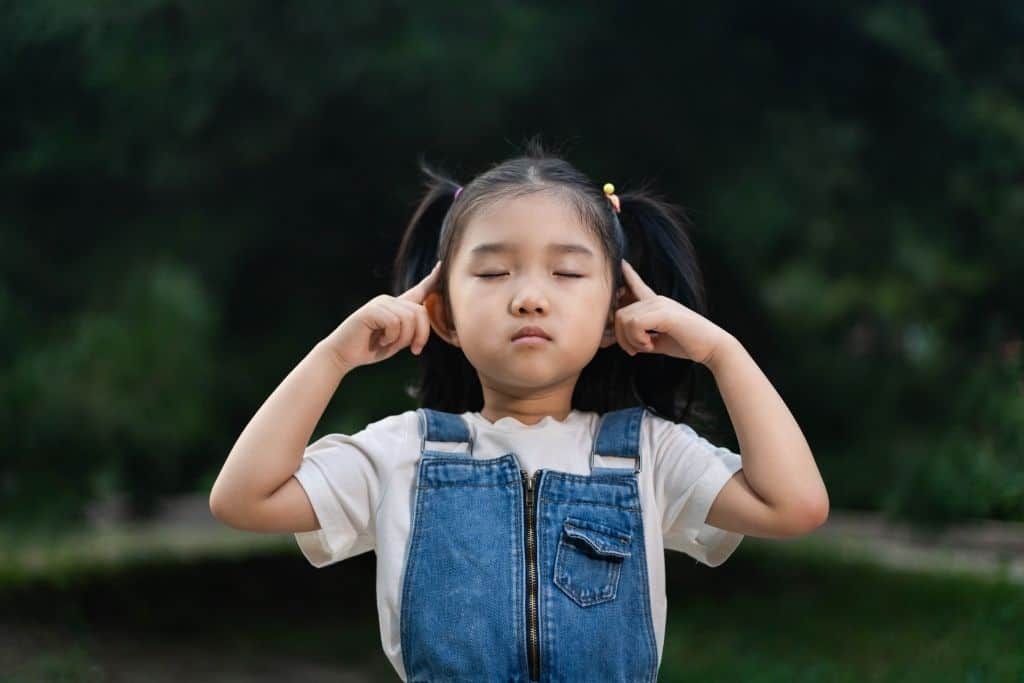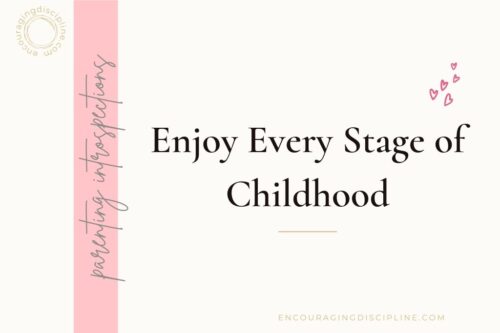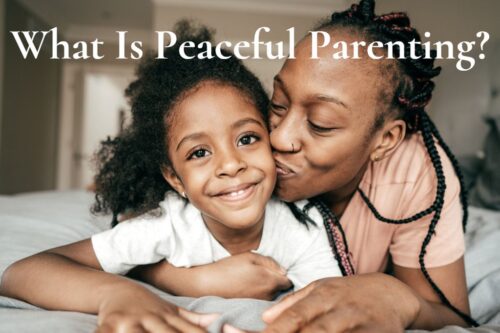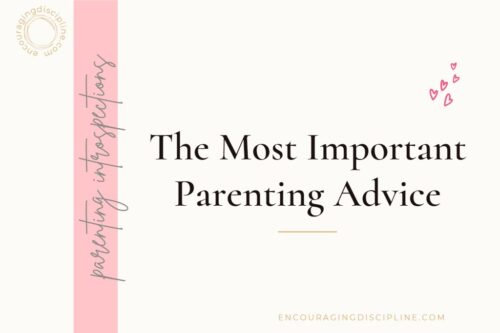Teach Kids Effective Calm-Down Tools
This is a comprehensive guide to teaching kids to calm down. It walks you through laying the foundation for emotional literacy, creating a calm-down space, and teaching your child how to use calm-down tools effectively. It is never too early to begin teaching children calm-down tools. Once children understand how emotions work, they can learn how to calm down by using the techniques that work best for them.
Your child is quick to hit, throw, scratch, push, grab, or yell when he is angry or frustrated? Teaching him how to calm down can be helpful in developing self-control. At one point or another, we all have to learn how to calm down in effective ways that also don’t repress feelings. In this article, you will find not only calm-down tools for children but also lots of techniques and exercises to help you teach your child to calm down or self-regulate. You may find these ideas helpful for yourself too, not just your child.
Table of Contents
What Is Self-Regulation?
Another word for calming down is self-regulation. Self-regulation has multiple definitions, but the central idea is that it is the ability to control our body, feelings, and thoughts. The goal of self-regulation is to restore balance in the body and to control unwanted reactions. Clearly, if we reacted to all our impulses, feelings, and thoughts without ant control, we wouldn’t have too many friends and probably wouldn’t stay at our jobs for too long.
Self-regulation is one of the most important skills that we have to learn, yet the majority of us never learn to self-regulate consistently. It is a skill that we have to keep working on our entire lives.
For children, self-regulation is particularly challenging. It is hard because children’s brains are not yet fully developed. For self-regulation to work, the frontal lobe of the brain has to be somewhat developed. Another reason is that children haven’t had the opportunity to practice self-regulation for too long.
[Disclosure: This post contains affiliate links, which means I earn a small commission, at no extra cost to you, if you make a purchase using the links in this post. Please read my affiliate disclaimer for more information.]
When Should You Start Teaching Self-Regulation?
It is never too early to begin teaching kids to calm down. But please do not expect them to be able to use these tools right away. I think the mistake that most parents make is that we sit down with our kids, we explain to them what the plan is the next time they are about to lose control, and we expect them to apply this teaching every time they get angry thereafter. It simply doesn’t work that way.
After all, how many times have you vowed to not yell at your child, but gave in to the temptation when he didn’t follow the rules after you’ve explained them 25,000 times? I don’t know about you, but I still slip down that path, especially when I am tired and overwhelmed.
So let’s try to remind ourselves to have compassion for our children and give them some grace. They are doing the best they can, just like we are.
To clarify, don’t wait, start teaching self-regulation now. Just because children don’t have the capacity to control themselves, doesn’t mean they don’t learn the skills we teach them. They will be stored in their brains and they will be able to use them when their brains are ready.
Emotional Literacy
Teaching kids to calm down begins with laying a solid foundation. First, they have to understand how emotions work, and then they can begin to learn how to manage them.
Emotional literacy consists of:
- Being able to name emotions
- Recognizing the intensity of emotions in the body
- Connecting emotions to sensations in the body
Emotions Are Neutral
When you teach children about emotions and emotional regulation, be careful how you refer to them. We have a tendency to label feelings that we don’t like as “bad” or “negative”. And those we like or find socially acceptable, as “good” or “positive”. When we do this, children tend to believe that they should not have “negative” emotions, only “positive” ones. In reality, all emotions are part of the human experience and they are all very helpful. Therefore, it makes more sense to teach children about the wide range of human emotions in a neutral way, without judging them.
Naming Emotions
When teaching kids to calm down, we have to start by naming the different emotions. I like to teach children that emotions want to be heard, they don’t like being ignored. They will stick around and bother you until you look at them and listen to what they have to say. And it is only polite to know their name and address them properly.
So go ahead and teach your child the names of different emotions. They are more than capable of understanding and naming a variety of feelings at a young age.
Related: Books That Teach Children About Feelings
Using the Feelings Balloon to Understand the Intensity of Emotions
Once your child is familiar with different emotions, you can start talking with her about how emotions have different levels in our bodies. I use the analogy of a balloon to teach children to monitor how much feeling they have in their bodies.
Download your Feelings Balloon poster below:

In this analogy, the balloon is the body and the air inside the balloon is the feeling in the body.
HERE’S HOW TO TEACH WITH THE FEELINGS BALLOON
When the feeling is small, my body is flexible, just like the balloon, and I am in charge of it. I can think and make good choices.
When the feeling grows bigger, my body is a bit more stretched and it starts to be controlled more by the feeling. It is harder for me to make the choices I would normally like to make.
If the feeling is big, it takes control of my body and I can’t think or make good choices. Then the feeling just explodes out of my body.
In order to prevent the explosion, I can let some of the feeling out myself, slowly, by using calm-down tools. Then I can remain in control of my body. These calm-down tools release some of the energy or intensity of the feeling.
Once the level of the feeling is lower, I can hold it safely in my body again.
Connect to the Body
Now that your child can name different emotions and understands that some emotions are stronger than others, you can begin working on increasing her awareness by monitoring the emotions she is having throughout the day. Use the Feelings Balloon poster to discuss what she is feeling.
Doing this consistently will help your child to learn to pay attention and recognize how the amount of feeling in the body makes her feel. This is the beginning step in developing lasting self-control.
TIPS
☛ Talk with your child about how their body feels when they have different emotions.
☛ Ask them where in the body the emotion is located and if they feel like they have control over their body or if the emotion does.
☛ Then point out to your child that, when the intensity of the emotion is high, or there is a lot of emotion in the body, it simply starts to take over. The emotion is the one controlling the body, not the child.
Introduce the Idea of Calming Down
We can use self-regulation or calm-down tools to calm the body when flooded with too much emotion, be it pleasant or unpleasant.
We may like how we feel when we are happy or excited. But sometimes children can get too excited and start jumping around erratically, knocking things over, screaming, pushing other children, and not listening. Even good emotions can be too much sometimes.
Related: How to Deal With Tantrums
Exercise
To help children understand the varying emotions in their bodies, you can play a game in which you sort emotions from low intensity to the highest intensity. This is a good exercise that also expands children’s vocabulary for feeling words and encourages them to compare the sensations in their bodies.
EXAMPLE
Here is an example of words you may use: happy, pleased, cheerful, glad, excited, elated.
Creating a Calm-Down Space
The next step in teaching kids to calm down is to introduce the idea of a calm-down space. You may read the book Jared’s Cool-Out Space to your child to help with this. In the book, a boy creates his own calm-down space with the help of his mother and learns how to use it.
Related: Picture Books for Helping Kids With Anger
Create a calm-down space together with your child. Ask them if they would like to name his space anything. My kids named theirs The Peace Corner.
Find a quiet corner in the house and decorate it with your child. Add to it some pictures of faces that show different emotions, a wheel or booklet with calm-down strategies, books on emotions, breathing, and yoga, a stress ball, puzzles, crayons and a notepad, play-doh, and other helpful items that your child selects together with you for his space.
You can download an extensive list of ideas for the Calming Space from the Printable Library.
Using the Calm-Down Space
When you see that your child may need to calm down, always ask if she thinks it would help her to go to her calm space. Never send a child alone, it will be perceived as punishment. And teaching kids to calm down should not be fear-based, but an encouraging process.
If the child says no, then ask if she would like you to go with her. Children calm down better in the presence of a parent, especially when they are young. You will then do all the relaxation techniques together with the child to help her to calm down.
Related: Children’s Books That Teach Mindfulness and Yoga
Teach Children Calm-Down Tools
Once the children understand how emotions work, they are ready to be in charge. Now you can introduce different calming techniques. Suggest a few calm-down techniques, but also allow the children to think about what calms them down. Even after you brainstorm together a plethora of relaxation techniques, not all of them will work for your children. Allow each child to choose his or her favorite calm-down tools that are most effective. Children know what helps them best.
Once they identify those few strategies that they like best, draw a wheel of choice or make a little book with their favorite calm-down tools.
Practice the Calm-Down Tools
The final step in teaching kids to calm down is practicing calming strategies. The most important thing to remember is to practice these calm-down techniques when the child is relaxed. I know it may make no sense, but the child is only capable of learning when his brain is completely relaxed and calm. Our brain cannot think when feelings are high. This is an either-or relationship.
Flexibility Is Key
My kids and I have talked about a slew of relaxation techniques, and not all of them worked for them. Moreover, my kids each prefer different ways to calm down. I listed all of them together here. They gave me five of their favorite tools each to share with you.
I will add that, as children grow, they may prefer to use different calming techniques, so keep exploring and talking about them. But in general, it is better to have only a few preferred tools. This way, your child is more likely to remember them and use them.
10 Calm-Down Tools Loved by My Kids
- Breathing – there are many breathing techniques and you may try different ones to see if your child prefers one or two. You can use a book like Breathe Like a Bear or the cards Mindful Kids for ideas.
- Yoga – oftentimes a few stretches work well. You can have a set of Yoga Pretzels in the calm-down space.
- Moving your body – jump, do a silly dance, run. Make this a structured activity, like a game. You tell the children to do 10 jumping jacks, then 5 lunges, then run until you count to 5, and so on. Another example here is to play the Green light – Red light game or Freeze, where the children do a silly dance until you say Freeze.
- Playing with water – water has a calming effect on children. They can take a bath or just play in a dishpan. If there is no time for playing, then simply washing their hands and having a drink of water may help.
- Coloring and drawing – allow the child to draw and color freely, this is not the time to make comments about coloring in the line or holding the pencil properly.
- Reading books – my kids find it very calming to look at their books. They seem to gravitate toward their baby books a lot when they are in their calming space.
- Photo album – with photographs of the children and family members, that follow them from birth to the present day, to showcase loving memories.
- Hug a stuffed animal – a special plush buddy can be very comforting. For older children, it could be a big soft pillow, like the Squishmallow.
- Baby toys – my kids have a sorting game and a xylophone in their Peace Corner. They like to play with them when they need to regain control of their bodies.
- Diffusing essential oils – I bought a cheap, fan-based diffuser that doesn’t use water. My kids just like to run it when they go to their Peace Corner.
More Calm-Down Tools
By getting access to the Printable Library, you can download a complete list of calm-down tools that you can try with your child.
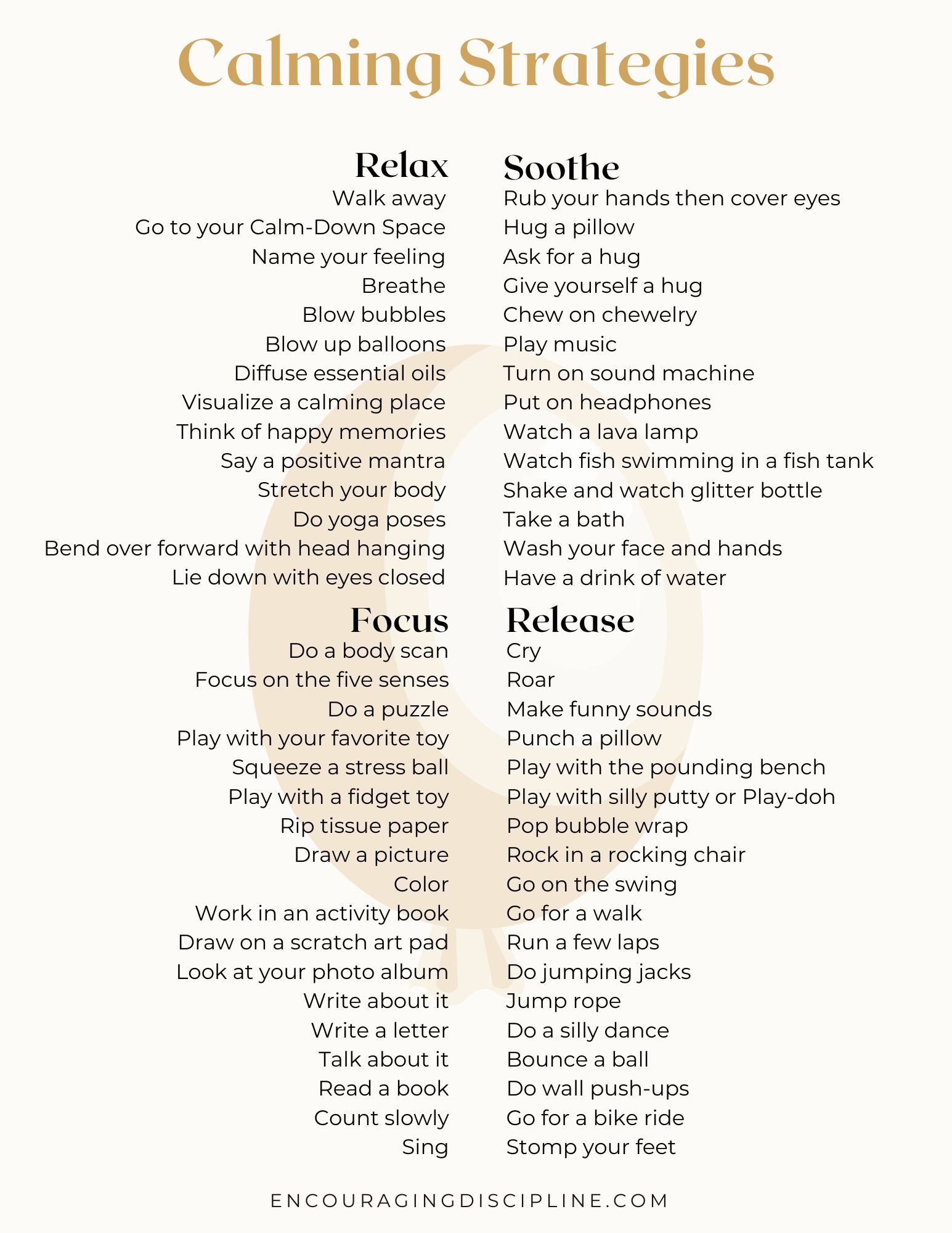
The Last Thing You Need to Know About Self-Regulation
This is a hard skill to master and most adults are not very proficient in it. Teaching kids to calm down is a long process. I encourage you to keep practicing the calm-down tools alongside your child and to make it a recurring conversation in your family. Talking about emotions, allowing them, and learning how to live with them will increase your child’s emotional intelligence and create the foundation for a happy life.
What calm-down strategies have worked with your children? Share your success stories in the comments!

